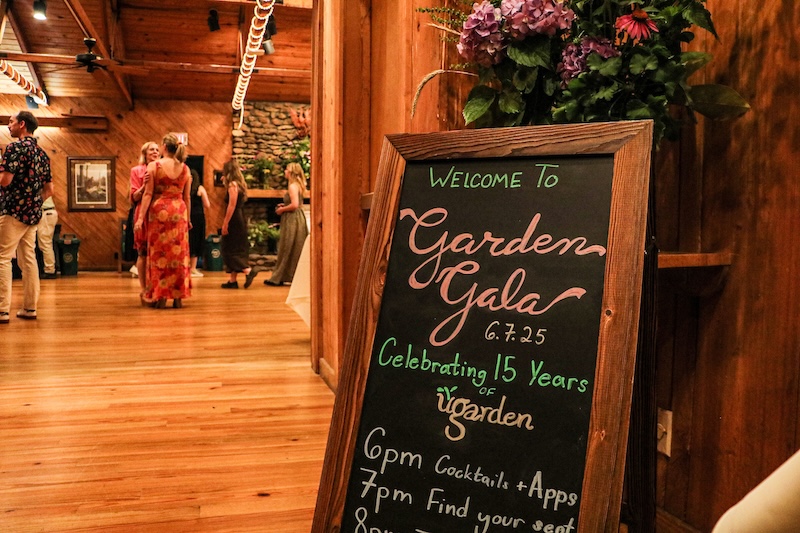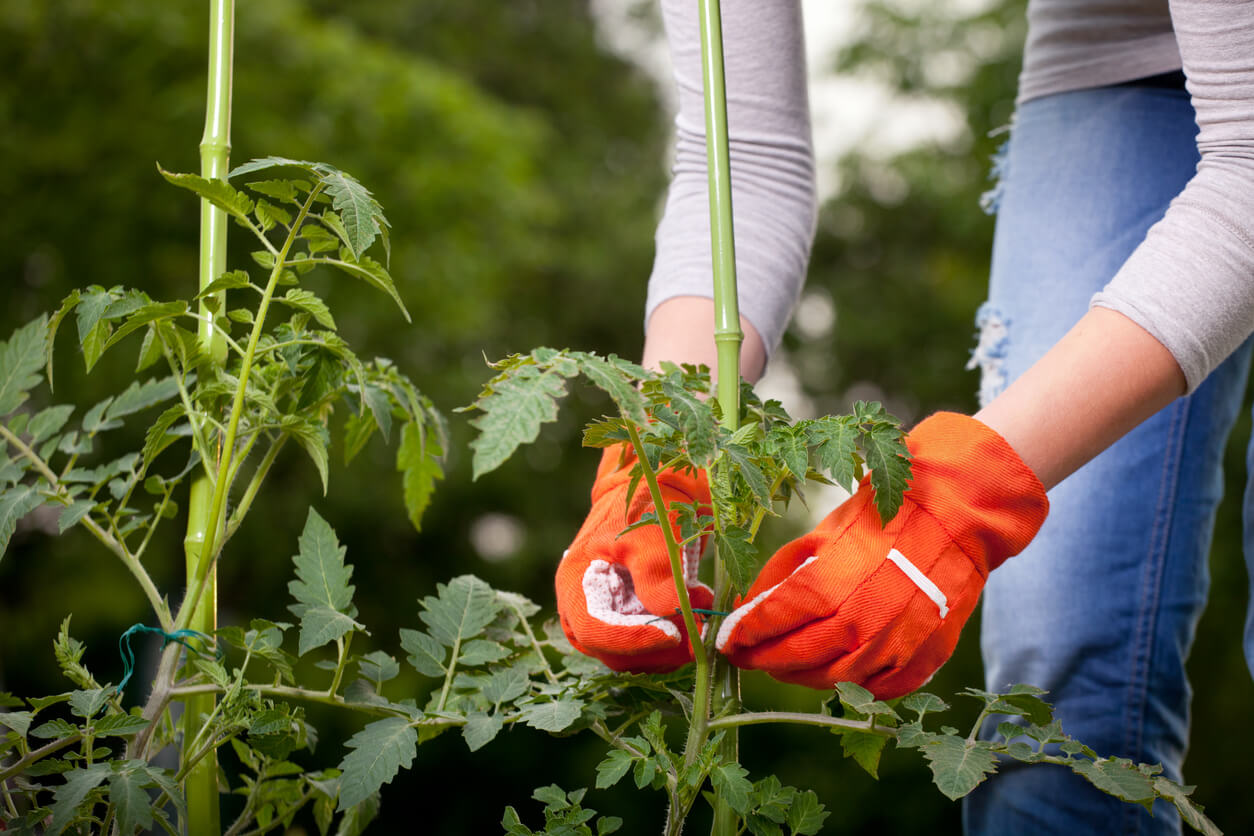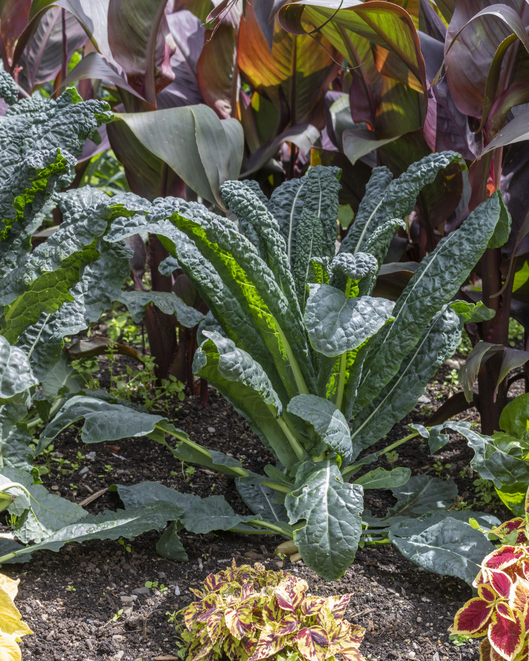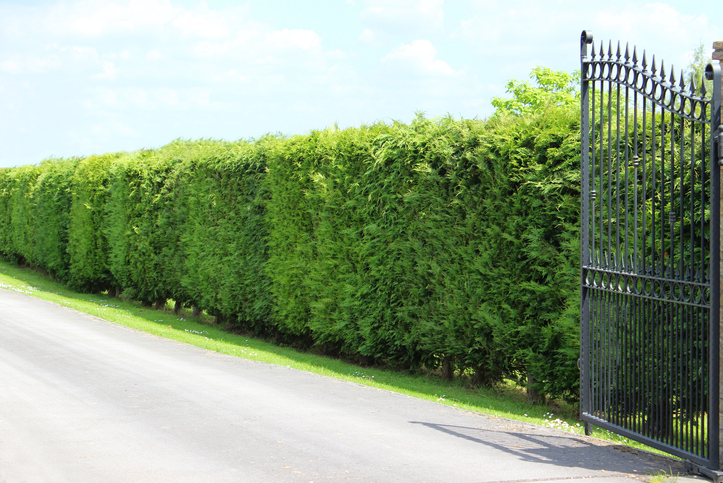
Leyland cypress are one of the most commonly planted landscape trees, but poor site selection and disease pressure may soon send them the way of red tips and Bradford pears.
Popular as a hedge and in new development, the trees must be planted at least 10 to 15 feet apart, as the trees' rapid growth will require thinning out the trees after a few years to prevent them from growing into one another and reducing the air circulation needed in the canopy to prevent disease.
Inexpensive, fast-growing and tall
“Leyland cypress trees are one of the most commonly planted trees in the landscape,” said Tim Daly, a University of Georgia Cooperative Extension agent in Gwinnett County. “They are popular because of their fast growth and their ability to provide a screen against traffic areas or neighbors.”
Leyland cypress (X Cupressocyparis leylandii) is a hybrid species that resulted from a cross between the Nootka false cypress (Chamaecyparis nootkantensis) and the Monterey cypress, (Cupressocyparis macrocarpa). It was discovered on a British estate in the late 1800s, Daly said.
Poor site selection can create problems with Leyland cypress trees. “They grow into large trees, and in some parts of the world they can reach 100 feet tall and nearly 50 feet wide,” Daly said. “Think of the damage a tree that size could do to your house, fence or driveway only a few feet away.”
Four feet taller each year
It may be hard to imagine a small Leyland cypress growing into a 100-foot tall tree, but with proper care, it can and will happen, he said. Leyland cypresses grow about 4 feet per year in height and 2 to 3 feet in width.
They require full, all-day sun. “Shade will reduce their vigor, causing them to thin out and become more susceptible to diseases,” Daly said. “They also need plenty of air circulation inside the canopy to dry out the branches and leaves.”
Planting too close to a fence, building or each other will prevent the interiors of the trees from drying out, he said, and could lead to fungal diseases.
Well-drained soil a must
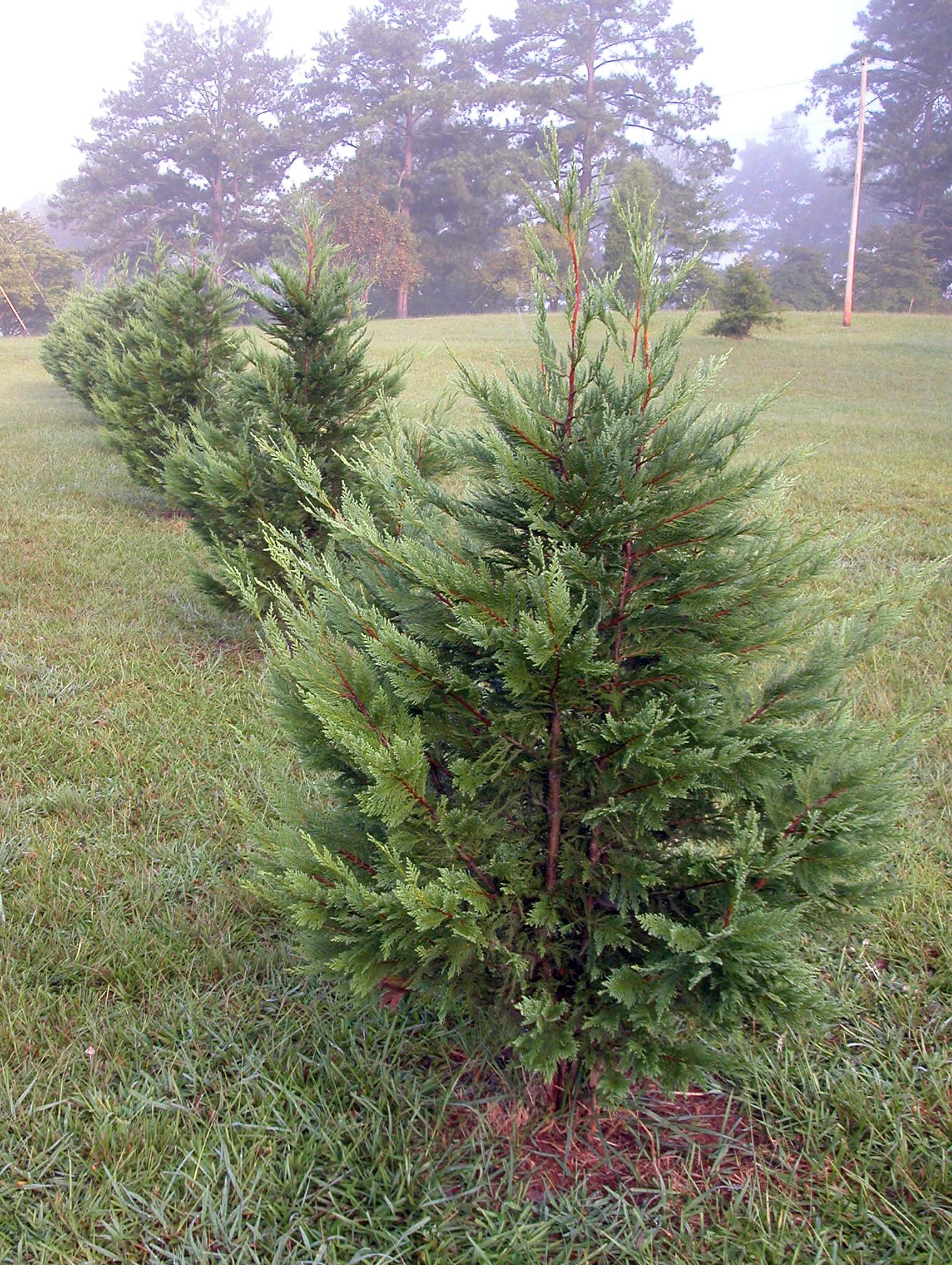
The tree is best suited for fertile, well-drained soils. “The amount of soil water is one of the most critical factors in the growth of Leyland cypress,” Daly said. “Excess water will increase root-rotting fungal diseases, and too little water leads to stress and ultimately stem and leaf diseases.”
To monitor the soil moisture, use a shovel to open a 4-inch-deep gap in the soil near the base of the trees. Feel the soil and test it for moisture. If it feels dry, water. If it feels wet, avoid watering.
Diseases can take their toll on Leyland cypress trees. “Using chemical control is not feasible because application is ineffective and will not have effect on control,” he said. “Severely infected trees may have to be removed.”
Waning popularity
Disease pressure, improper planting and overuse may send Leyland cypress the way of plants like the red tip photinia and Bradford pears, he said.
Red tip photinias are small trees that were used extensively in the 1980s as a hedge. Most of the plants succumbed to Entomosporium fungal leaf spot disease.
Bradford pears, although not afflicted with any serious diseases, have quick-growing soft wood and crotches at an angle. This causes the branches to split off easily.
Alternatives to Leyland cypress
Several substitutes for Leyland cypress are available. Here are Daly’s recommendations:
- Hollies like 'Nellie R. Stevens' and 'Emily Bruner' varieties. These are best for borders in full sun.
- Arbovitaes (Thuja occidentalis), particularly the 'Green Giant' cultivar, which was selected as a 2007 Georgia Gold Medal Plant.
- Wax myrtles (Myrica cerifera) grow rapidly in full sun.
- Tea olive (Osmanthus fragrantisima) or lusterleaf holly (Ilex latifolia) are good choices for shaded hedgerows.
“In general, these plants don’t suffer from the problems afflicting Leyland cypress as much,” Daly said. “But they still need to be given proper cultural conditions such as applying the correct amount of water.”
For more lawn care and landscaping resources from UGA Extension, visit extension.uga.edu/topic-areas/lawn-garden-landscapes.



